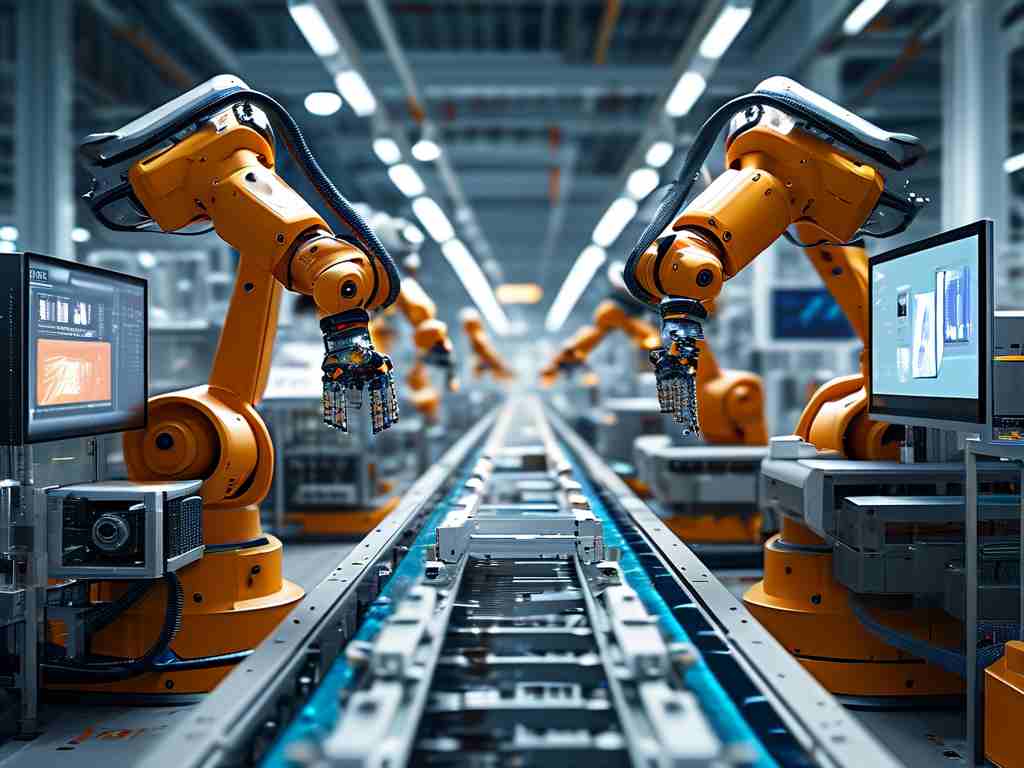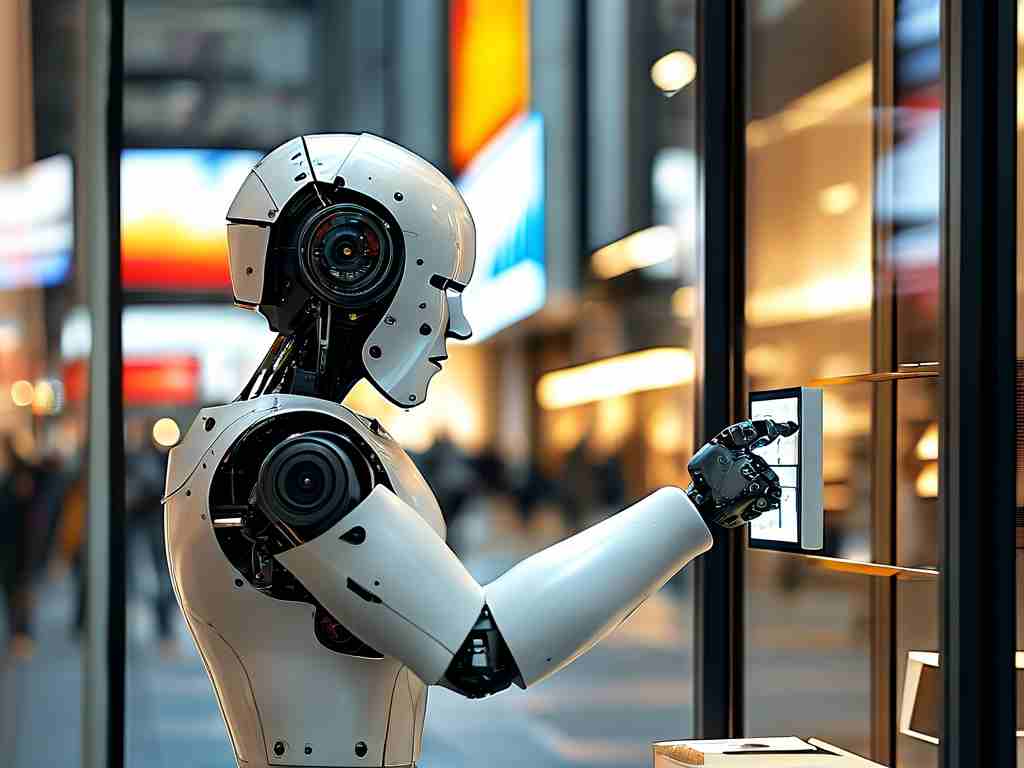The automated intelligent bookshelf represents a revolutionary leap in how we organize and access printed materials, blending cutting-edge technology with user-friendly deployment to transform libraries, offices, and homes. At its core, this innovation leverages automation to streamline book management, reducing human effort while enhancing efficiency. Unlike traditional shelves that demand manual sorting and retrieval, these smart units employ sensors and AI algorithms to automatically categorize books based on titles, authors, or genres. For instance, when a new book is placed on the shelf, embedded scanners read its barcode or cover, instantly updating a digital catalog accessible via a mobile app. This seamless integration allows users to locate any item in seconds through voice commands or a simple search interface, eliminating the frustration of misplaced volumes.

Deployment simplicity stands as a key advantage, making these systems accessible even to non-tech-savvy individuals. Manufacturers design them with modular components that snap together effortlessly, requiring no complex wiring or professional installation. A typical setup involves unboxing the pre-assembled units, connecting them to a standard power source, and syncing with Wi-Fi through an intuitive app—all achievable in under 15 minutes. This plug-and-play approach minimizes downtime, ideal for busy environments like corporate archives or educational institutions where rapid implementation is crucial. Moreover, wireless connectivity enables remote updates and troubleshooting, ensuring the shelf adapts to evolving needs without physical interventions. Such ease of deployment democratizes advanced organization tools, empowering small businesses or households to adopt sophisticated solutions previously reserved for large-scale facilities.
The benefits extend far beyond convenience, fostering sustainability and space optimization. By automating inventory tracking, these bookshelves reduce waste from lost or duplicate purchases, while their compact, vertical designs maximize storage in cramped areas. Users report time savings of up to 30% in daily tasks, translating to higher productivity in workplaces or more leisure time at home. Real-world applications abound: in a university library, an automated shelf cut book retrieval times by half, boosting student satisfaction; in a home office, it decluttered a chaotic collection, enabling focused work. Despite initial costs, the long-term ROI shines through reduced labor expenses and enhanced asset utilization, with many models offering cloud backups to safeguard data against physical damage.
Technologically, the backbone of these systems combines IoT sensors with machine learning. A basic code snippet illustrates how the AI processes inputs for categorization:
def categorize_book(book_data):
# Analyze cover image or ISBN via OCR
title = extract_title(book_data)
genre = predict_genre(title) # Using trained ML model
shelf_position = assign_position(genre)
return shelf_position
This pseudocode shows the real-time decision-making, but the magic lies in the user experience—no coding knowledge is needed for operation. Challenges like power consumption or data privacy are addressed through energy-efficient designs and encrypted connections, assuring users of reliability. As this technology matures, we anticipate wider adoption, driven by trends in smart homes and digital transformation. Ultimately, the automated intelligent bookshelf isn't just a storage upgrade; it's a gateway to smarter living, where effortless deployment unlocks unprecedented organization and accessibility.









